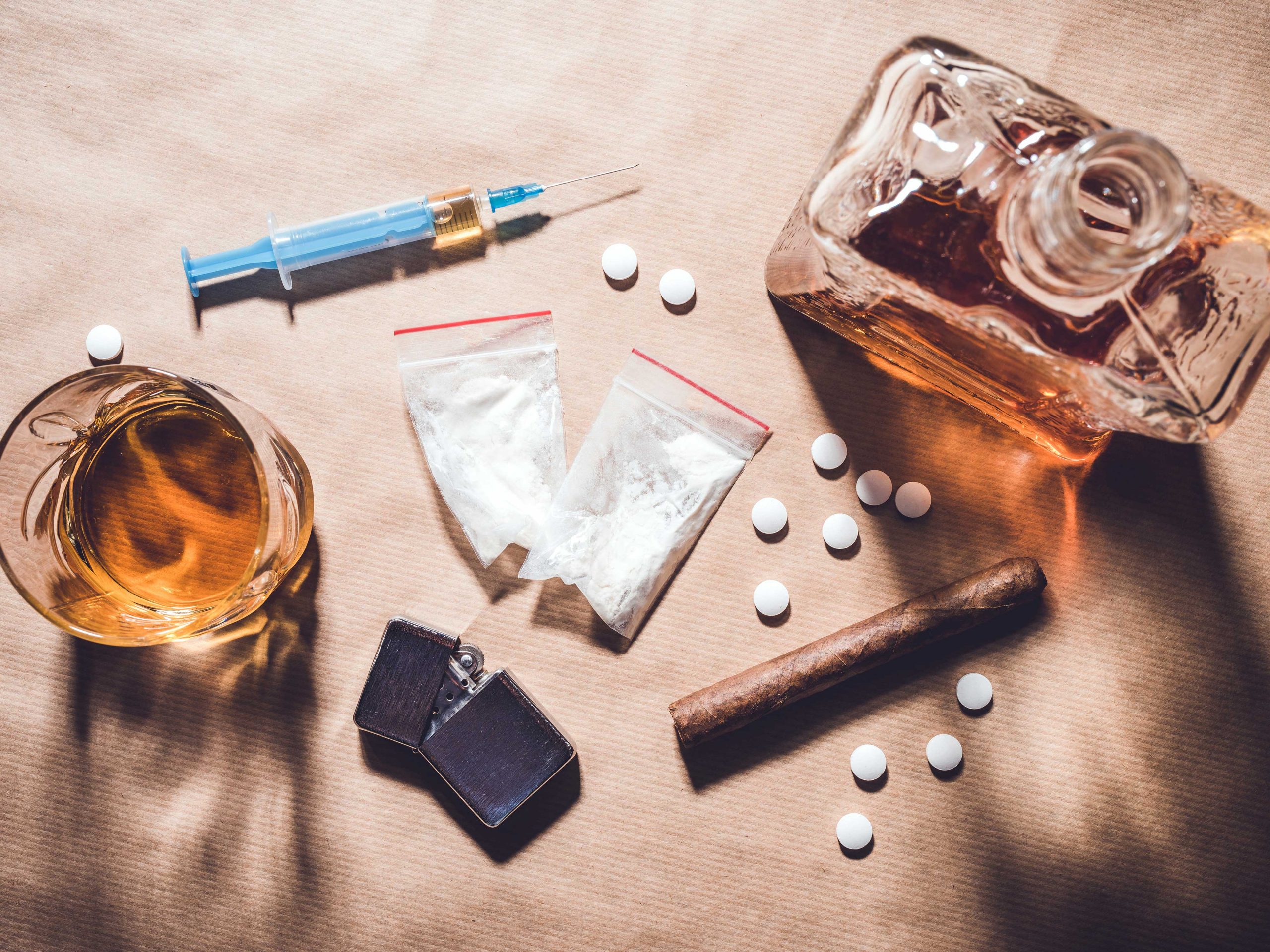The shake and bake meth process is designed to make the manufacturing of methamphetamine quicker and less detectable by law enforcement. If you’ve ever watched the movie Talladega Nights, you may have heard of Will Ferrell’s character, Ricky Bobby, using the term “shake and bake” with his best friend in the movie as their catchphrase. While the saying was meant to be funny in the semi-raunchy movie, the shake ‘n bake meth process is anything but laughable. As a Massachusetts treatment center that offers meth addiction treatment, we wanted to take a closer look at this process.
Shake and Bake Meaning
So, what does shake and bake mean? If it’s not a funny catchphrase, then what is it? “Shake and bake” is a method of making methamphetamine that simplifies the original way of making it. Otherwise known as small capacity production labs (SCPLs) or the “one-pot method,” in this scenario, meth is made in a two-liter soda bottle. Some cold pills are mixed in with some other household chemicals, producing enough meth for the user to get a few hits.
The shake and bake methamphetamine method is often used in smaller and mobile meth labs. The appeal of this process lies in requiring fewer ingredients, manpower, and time, reducing the likelihood of law enforcement detection while making it possible for users to experience a quick high. Shake and bake is also considered a safer method for meth manufacturers because it eliminates the use of open flames and harsh chemicals.
The average meth lab uses hundreds of pseudoephedrine pills, containers heated over open flames, and cans of flammable chemicals and liquids. Required equipment includes devices to heat chemicals, glass beakers, and multiple ingredients (like pseudoephedrine) that can alert law enforcement. Not only are these tools and ingredients dangerous, but they’re also difficult to hide. It’s no surprise, then, that reducing the manufacturing of meth to a two-liter bottle is appealing. However, the making and use of meth is not only illegal regardless of the method but also dangerous.
Shake and Bake Process
The shake and bake process includes placing the usual ingredients of meth inside a two-liter soda bottle (minus the soda), shaking the bottle to mix them up, then letting it sit or “bake” for a certain amount of time. Once it’s done “baking,” the result is a small amount of meth at the bottom of the bottle. Even though the shake and bake method produces much less meth than the average meth lab, it’s still popular among manufacturers and users, whether for a quick high or to avoid legal detection.
Some common ingredients used in the shake and bake process include:
- Pseudoephedrine tablets
- Solvent
- Lithium
- Sodium hydroxide
- Ammonium nitrate
- Ephedrine
- Water
- Acetone
- Hydrochloric acid or sulfuric acid
- Lye
- Phosphorous
- Toluene
Unfortunately, the shake and bake process is very mobile, considering that the main tool is a two-liter soda bottle. This means that it can go nearly anywhere and be done anywhere. For this reason, and also because the “tools” used in this process are quite ordinary, authorities struggle to keep this method under control. It’s not only the mobility of this process but also the speed at which meth is made that makes shake and bake enticing. However, despite the simplicity of this process compared to the original way of making meth, shake and bake is still highly dangerous.
Side Effects of Shake And Bake
Explosions
Despite reduced steps, the shake and bake method is no safer than making meth in the usual meth labs. If the bottle is shaken the wrong way, the cap is loosened too quickly, or if any oxygen gets inside of the bottle, it can explode. Exposure to water or moisture can also cause a fire. In the usual meth lab, “cooks” could run away from explosions, whereas shake and bake “cooks” are holding the bottles in their hands, increasing the risk of serious burns, explosions, and death.
Toxic Waste
The Drug Enforcement Agency (DEA) has also pointed out that in addition to the increased rate of meth manufacturing and distribution, as well as an increase in related fires, this process also generates a lot of toxic waste. Specifically, the DEA found that 1 pound of meth equates to 5 to 6 pounds of toxic waste. This includes loads of plastic two-liter bottles, empty boxes of over-the-counter medications, bottles of salt, plastic pill bottles, and more. Many meth manufacturers also dump this toxic waste into nearby streams where the wildlife and also the people who swim and fish there can be harmed.
Domestic Meth Manufacturing and Use
Aside from the meth that comes from drug cartels in Mexico, these domestic or mobile meth labs in the United States account for 98% of all reported labs in the nation.1 The shake and bake drug is 3 to 4 times easier to make and more potent than the usual version of meth. The cook time is also reduced from 20 hours to 1 to 4 hours, making it cheaper and quicker to make and distribute. Moreover, while drug cartels and bigger meth labs distribute the drug on a larger scale, SCPLs attack local communities and neighborhoods, essentially seeping into the cracks that larger manufacturers may miss.
Not only does the process itself pose certain dangers, but methamphetamine is a highly addictive and toxic central nervous system stimulant. Despite the various chemicals and harmful ingredients in meth, users will continue to abuse it due to its impact on dopamine and reward in the brain. When a person uses meth, they may feel a rush of euphoria and energy almost immediately. This feeling encourages further drug use, which becomes more severe over time. In the long run, a person’s physical appearance, inner health, mental health, finances, relationships, career, and more are impacted.
Methamphetamine is one of the most common and dangerous drugs in the U.S. Chronic use can result in tooth loss and decay (meth mouth), skin disease and premature aging (meth face), cardiovascular disease, and more. If you or someone you know is addicted to meth or any other drug, Clearbrook Treatment Centers Massachusetts can help. Call us now at 570-536-9621 to learn how our inpatient drug rehab in Massachusetts works.
Related Reading:
Source:







